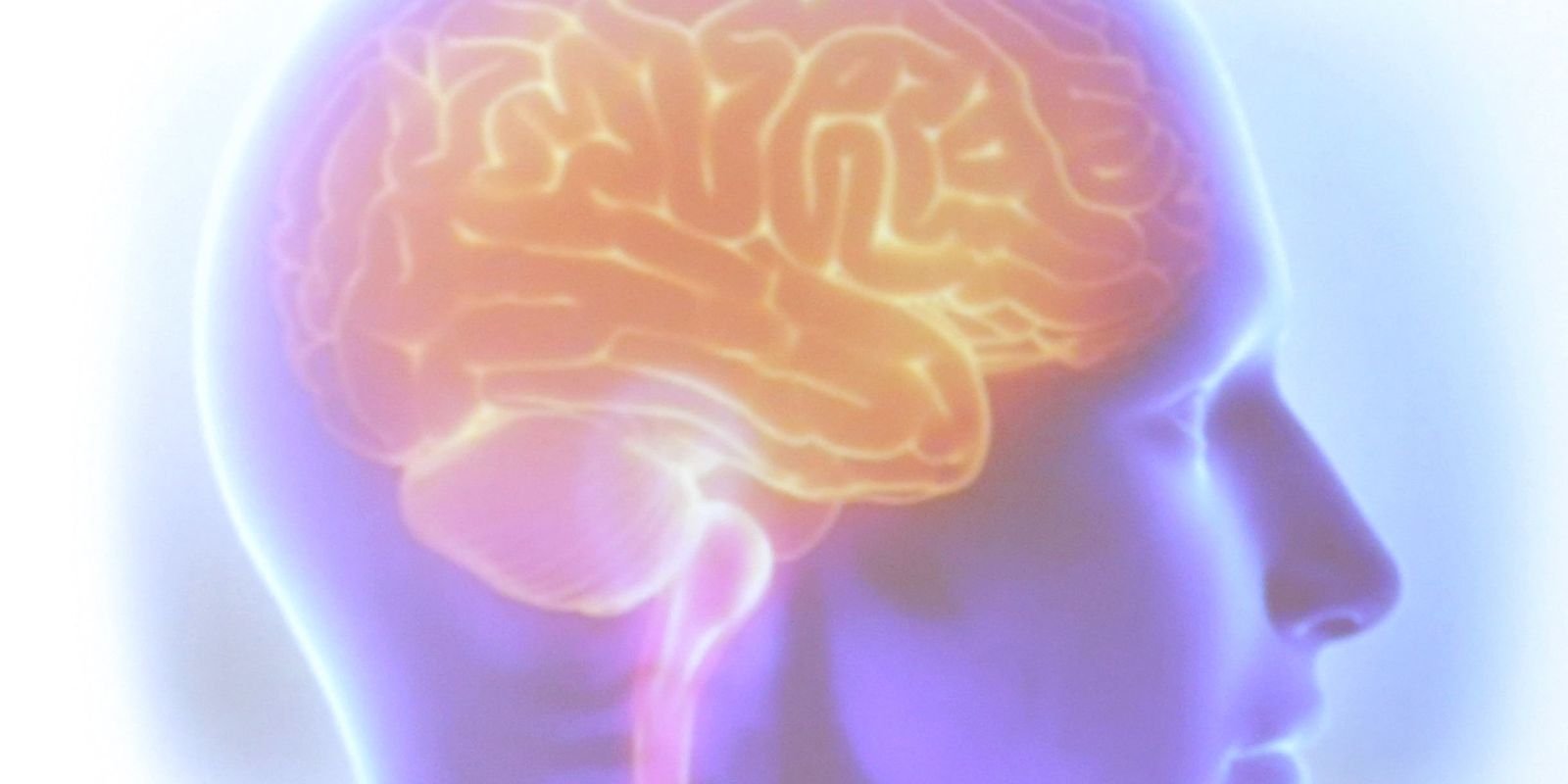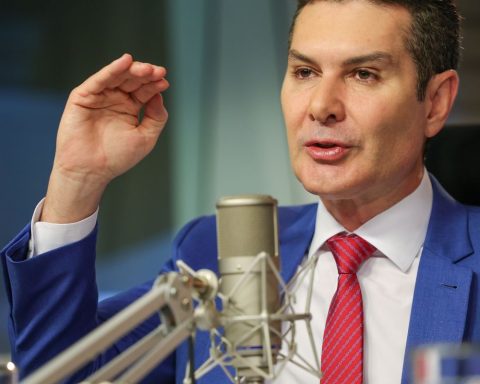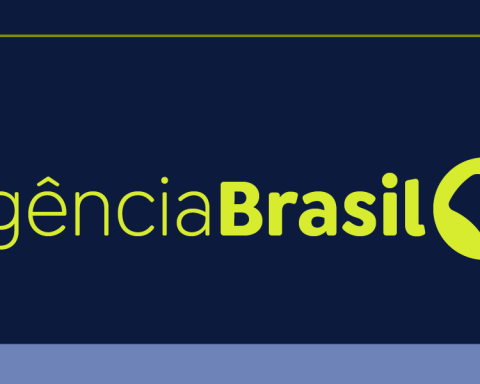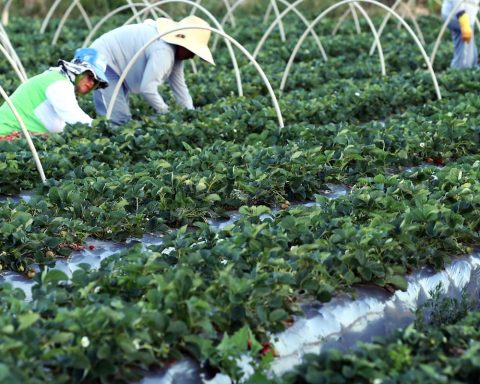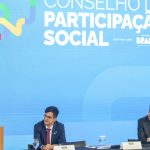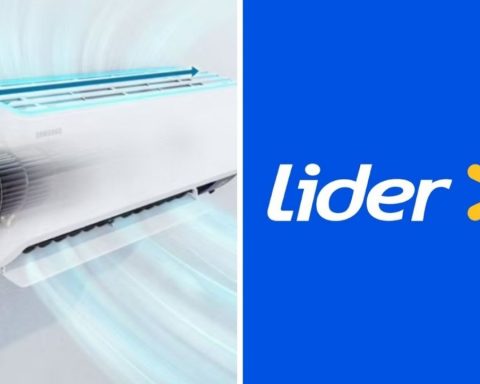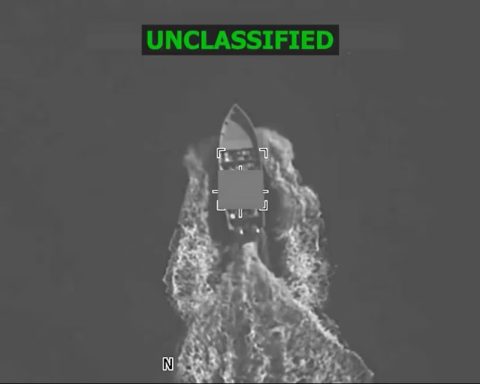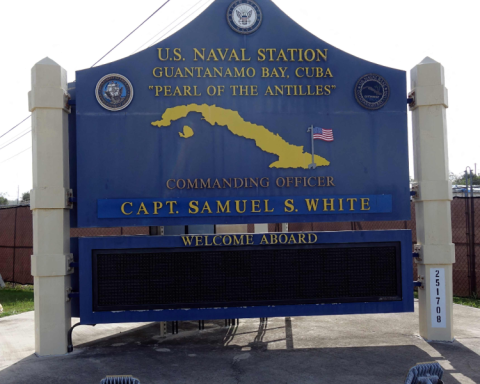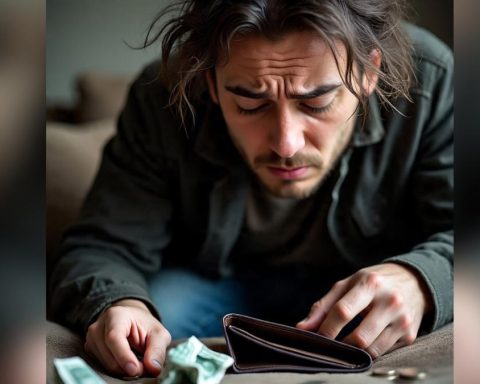Popularly known as stroke, cerebrovascular accident (CVA) is one of the main causes of death or disability with permanent sequelae in Brazil and in the world. Stroke occurs when blood flow to the brain is interrupted, damaging or killing cells.
On World Stroke Day, observed today (29), the global campaign entitled Precious Time proposes to raise awareness of the recognition signs and the benefits of quick access to emergency medical care, which can save lives and increase the chances of patient recovery.
“The faster the diagnosis and treatment of stroke, the greater the chances of complete recovery”, highlights the Ministry of Health.
A stroke happens when blood vessels that carry blood to the brain become clogged or rupture, causing paralysis of the area of the brain that has lost blood flow.
types
Stroke can be ischemic or hemorrhagic. Ischemic disease occurs when an artery is blocked, preventing the passage of oxygen to brain cells, which eventually die. The obstruction may be due to a thrombus (thrombosis) or an embolus (embolism). Ischemic stroke is the most common and represents 85% of all cases.
A hemorrhagic stroke occurs when a cerebral vessel ruptures, causing hemorrhage, which can be within the brain tissue or on the surface between the brain and the meninges. Hemorrhagic stroke accounts for 15% of all cases, but can cause death more often than ischemic stroke.
Symptoms
According to the Ministry of Health, the main warning signs for any type of stroke include weakness or tingling in the face, arm or leg, especially on one side of the body; mental confusion; change in speech or comprehension; change in vision (in one or both eyes); alteration of balance, coordination and gait; sudden, intense headache with no apparent cause.
If any of these symptoms appear, the advice is to call the Emergency Medical Care Service (Samu), by calling 192, or take the person immediately to a hospital for clinical evaluation.
Risk factors
Several factors increase the likelihood of having a stroke, including hypertension; type 2 diabetes; high cholesterol; overweight; obesity, smoking; excessive use of alcohol; advanced age; sedentary lifestyle; illicit drug use; and family history.
The main causes of hemorrhagic stroke are uncontrolled high blood pressure and rupture of an aneurysm; hemophilia and other blood clotting disorders; head and neck injuries; radiation treatment for cancer; cardiac arrhythmias; heart valve diseases; congenital heart problems; vasculitis; heart failure and acute myocardial infarction.
Prevention
Some risk factors for stroke cannot be modified, such as age, genetic makeup and sex, as the condition affects more men. Other factors, however, depend only on habits, such as not smoking; not consume alcohol; not using illicit drugs; maintain healthy eating; maintain ideal weight; drink plenty of water; practice physical activity regularly and keep blood pressure and glucose under control.
